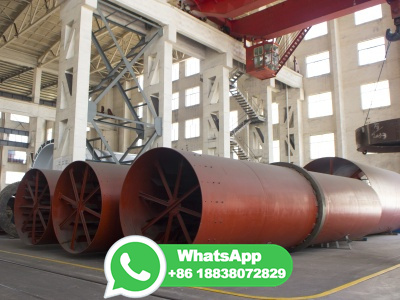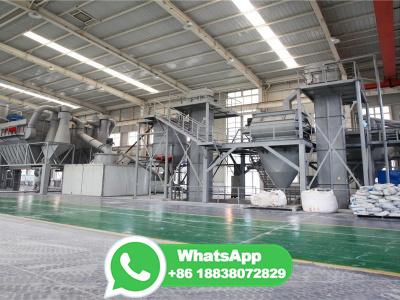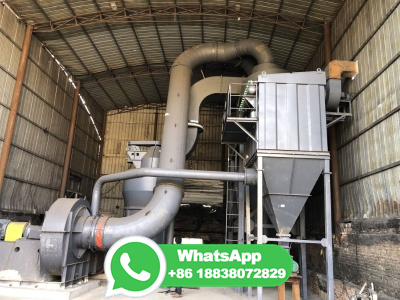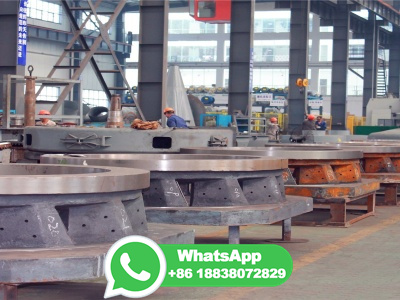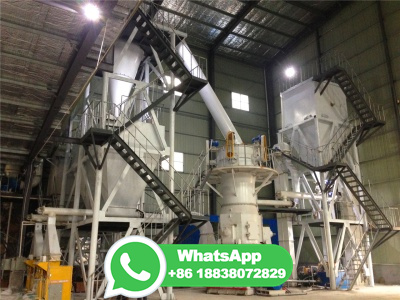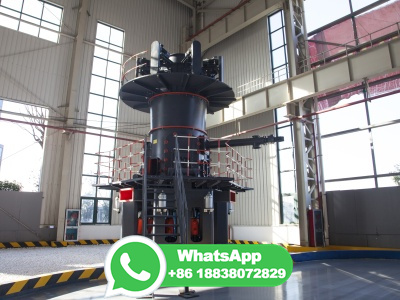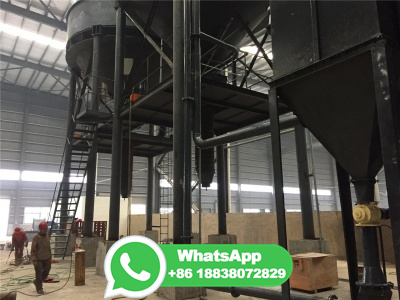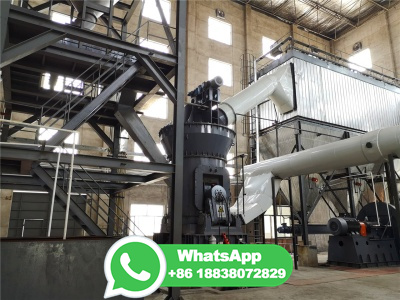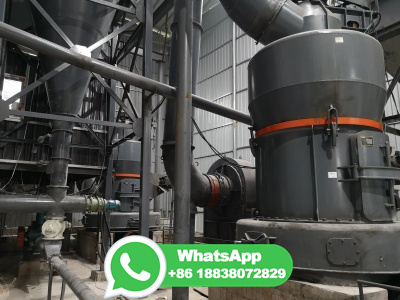Limestone | Types, Properties, Composition, Formation, Uses
Industrial Mining: Limestone is extensively quarried and mined for various purposes, including construction, cement production, and agriculture. Large limestone quarries can be found in many countries to meet the demand for building materials and industrial uses. ... The primary process of limestone formation can be summarized as follows ...




